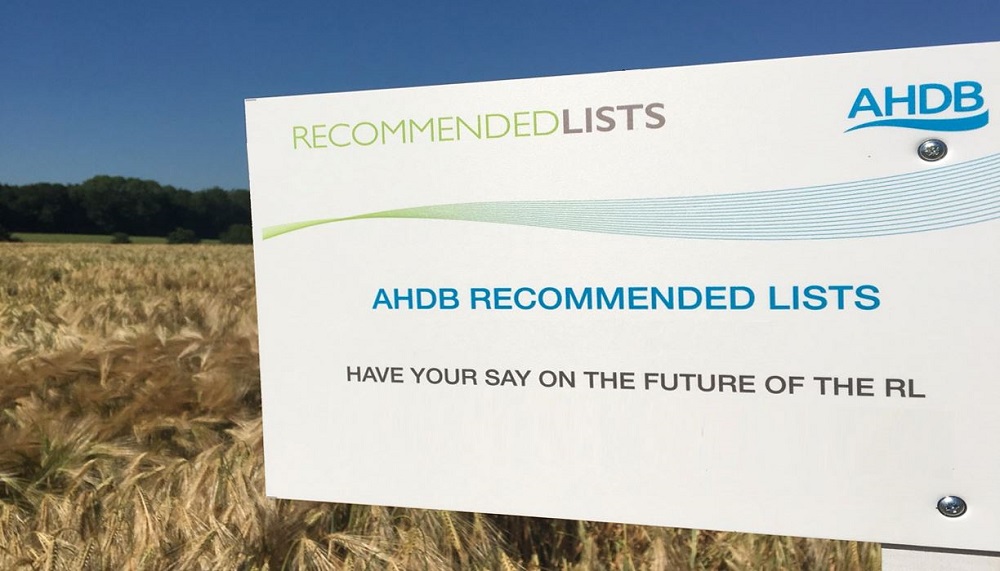- Home
- Knowledge library
- Impact of nutrient scenarios on the performance of cereals and oilseeds varieties (scoping review)
Impact of nutrient scenarios on the performance of cereals and oilseeds varieties (scoping review)
Summary
Nitrogen (N) is a macronutrient essential for plant growth and of limited availability in most agro-ecosystems. Synthetic N fertilisers, which are applied to help meet crop demand, are expensive and can damage the environment. Levy payers want to understand how varieties perform under low N input systems. However, the current AHDB Recommended Lists (RL) testing system does not currently evaluate varieties at different N rates.
This project assessed whether there are significant differences in the performance of cereals and oilseeds varieties under varied N scenarios using available literature and datasets. The main evidence base was for winter wheat and oilseed rape (OSR); there were some studies on barley and oats, limited information on triticale but none for linseed and rye.
Evidence for differing relative variety performance at low N rates (variety x N rate interaction) was mixed and particularly limited in reports from UK trials. There was evidence that varieties bred in low-input environments, older varieties and landraces did perform relatively better at lower N inputs.
Although there was not conclusive evidence for current cereal varieties to perform better at lower N inputs, it would be beneficial to levy payers for AHDB to investigate the use of low N rates in variety testing. Therefore, we recommend that some RL trials include winter wheat varieties tested under two N levels: current RL protocol and a reduced N rate. In the short-term, this would aid levy payers in selecting current varieties suited to lower N input. In the longer term, this would stimulate breeders to start selecting in a low-N environment, or to submit varieties that have demonstrated nutrient use efficiency (NUE) and high-yield, low-optimum (HYLO) traits into the trials system where they might not previously have been tested. It was also noted at the stakeholder meeting that breeders need time to adapt and that a phased-approach may be more beneficial.
For OSR, trials are already challenged by weather and pest issues. Additionally, because of the nature of OSR, varieties often need differential and careful management. It has been raised by breeders that the nuances in management required if NUE information was included may not be easy for levy payers to take on board. Overall, it is concluded that OSR RL trials should not include differential N rates.
Recommended Lists review (2022–2023)
Typically, the main RL project runs in five-year phases, with a large-scale public review conducted during each project phase. The need for information on evidence of varietal responses under lower-input scenarios was identified as part of the RL 2022–2023 review, with this scoping review commissioned as part of follow-up activities.
Downloads
RR100 final reportRelated research projects
Related resources


